Gekocht om eens een preamp te proberen. Is stevig gebouwd en van binnen ziet het er ook stevig uit! Volgens mij net zo prima als al die andere pramps :)
En net zo'n kleine draaiknoppen...
Het enige vervelende was: De eerste versies werden geadverteerd met de optie om voeding te krijgen via xlr. Op internet was hetzelfde apparaat onder een andere naam met dezelfde voedings optie ook zo geadverteerd.
Helaas werkte de xlr voeding niet, is vooralsnog ook niet te fixen door de fabriek. Kreeg een refund-actie, dus best netjes. Nu wordt deze voedingsoptie niet meer vermeld en ...is dus eigenlijk een prima ding. (!)
Bijna alle preamps hebben een externe voeding nodig dus o.k.
Geluid: heel prettig om mee te oefenen, wel een goede koptelefoon gebruiken. Aux in is natuurlijk heel handig, toonregeling werkt prima, vooral de parametrische middenregeling is fijn. De compressor werkt, maar ik snap die dingen nooit zo goed. Gain is niet voor vervormen, maar gewoon om het ingangssignaal aan te passen. Koop je toch gewoon een fuzz die je leuk vindt. Batterijen gaan er rap doorheen, dus externe voeding is een must.
Voor repetitie prik ik m in de return van een 400watt Eden combo, dat combo was altijd wat te donker. fretloze bas en actieve bas gaat prima. Punch midden kan er in, reggae zwaar kan ook. Geen buizenvervorming dus. Wel best warm, veel middenopties, niet dun of blikkig hoog. Rechtstreeks in PA heb ik nog niet geprobeerd.
Fijn stevig oefen en repeteer pedaal dus!
update februari 2019:
als direkte line in voor optredens gaat prima. Als backup voor je versterker met optredens altijd goed. Gebruik hem heel vaak om te oefenen met koptelefoon, muziek/youtube vanuit pc naar aux in, bas in, heel fijn geluid. Roundwounds, flatwounds, fretless, actief, alle bassen klinken goed.


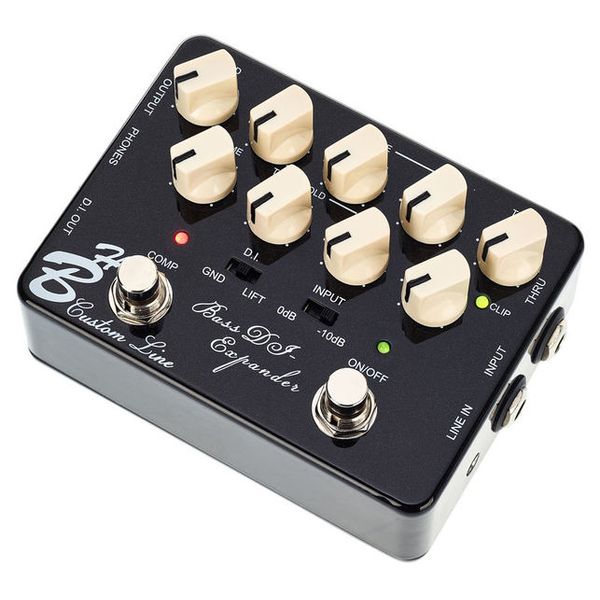

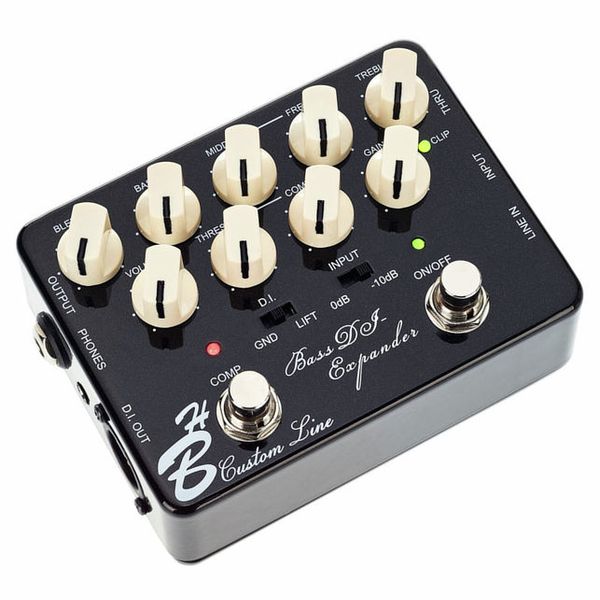
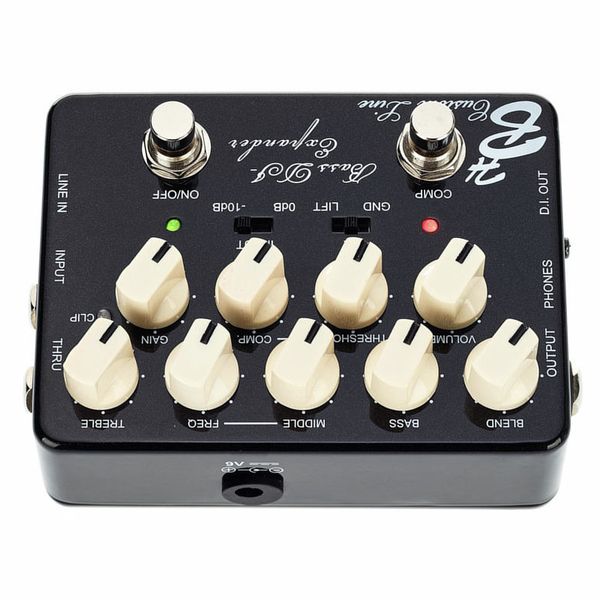

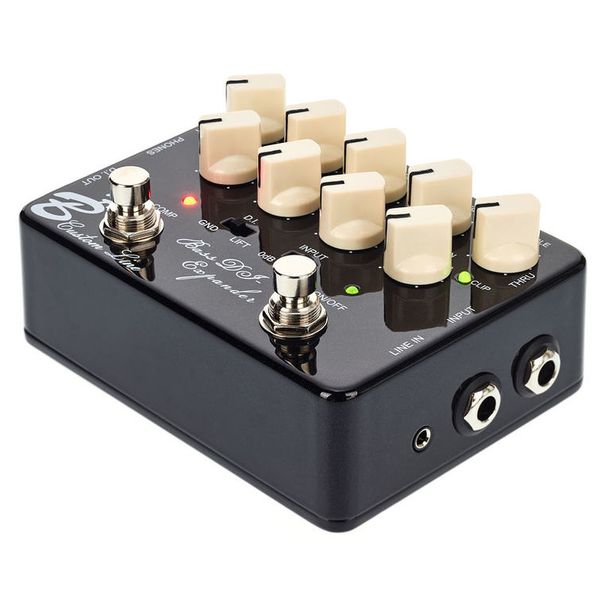
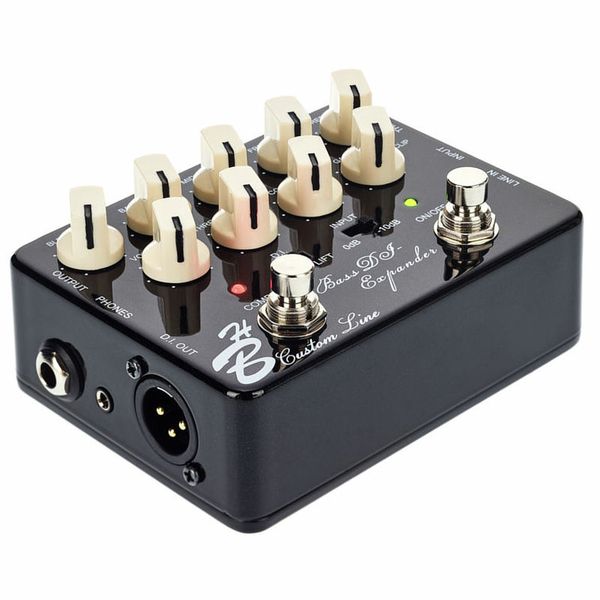
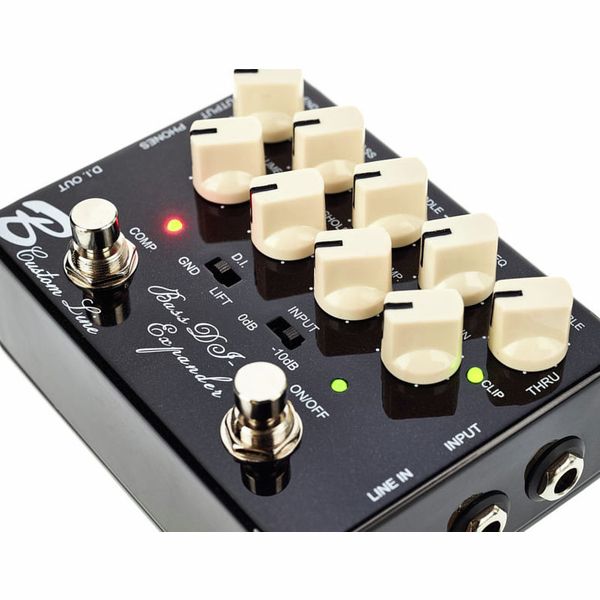
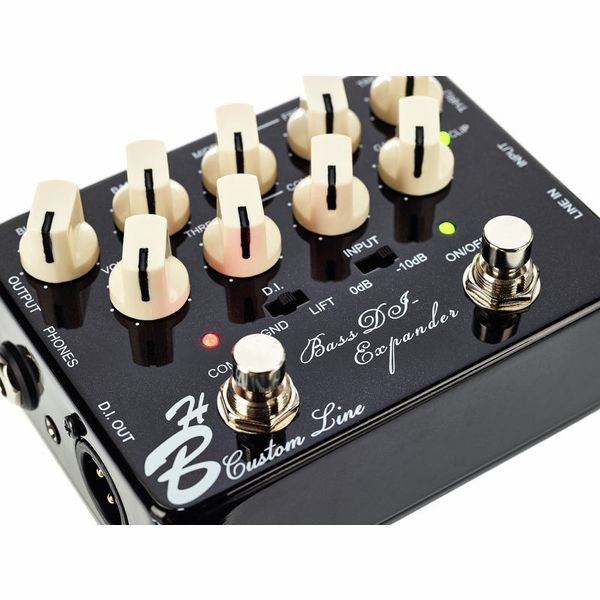
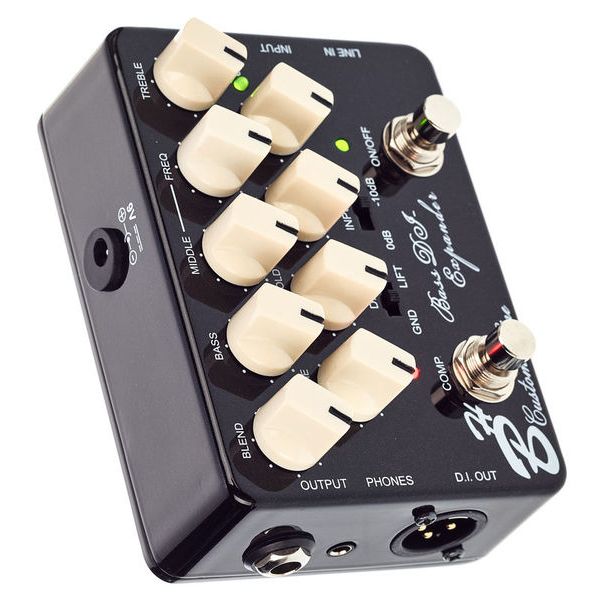
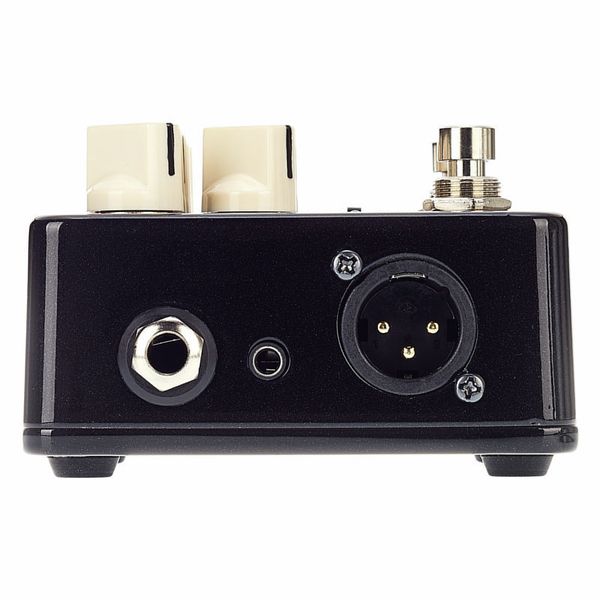
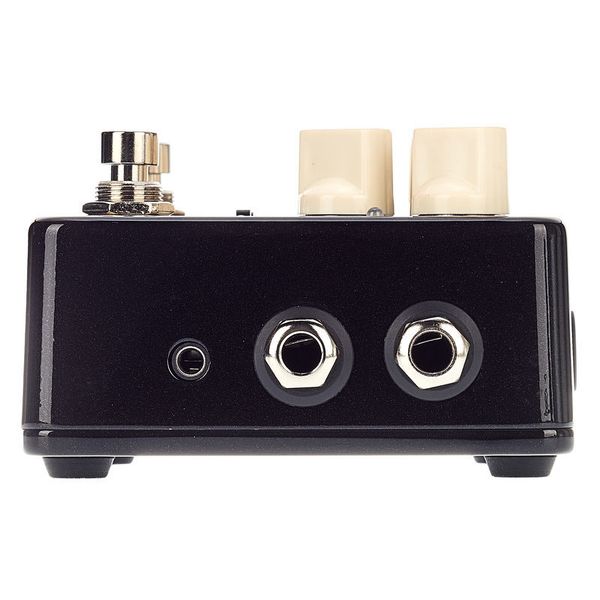
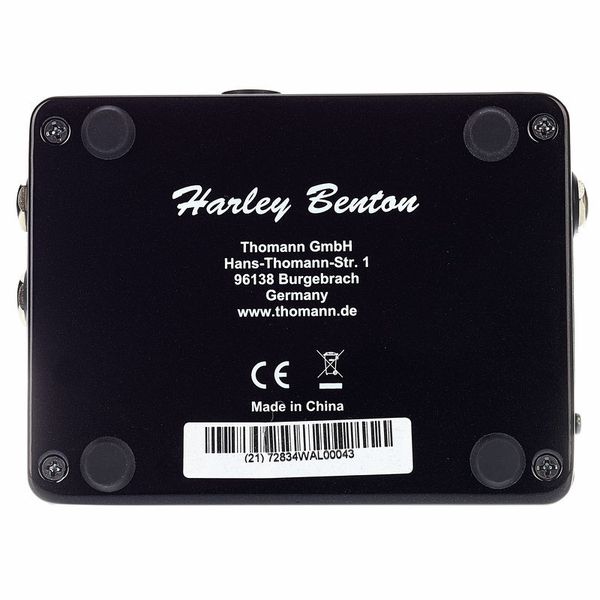















)
)
)
